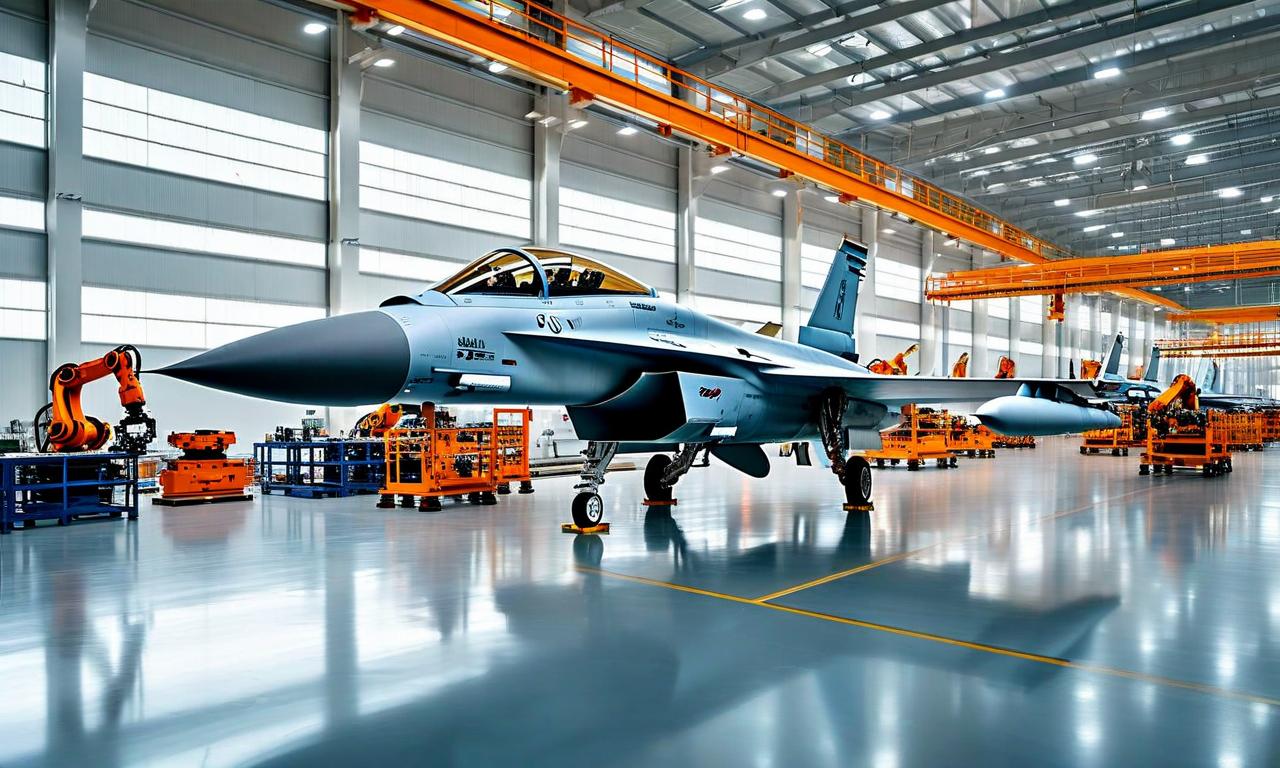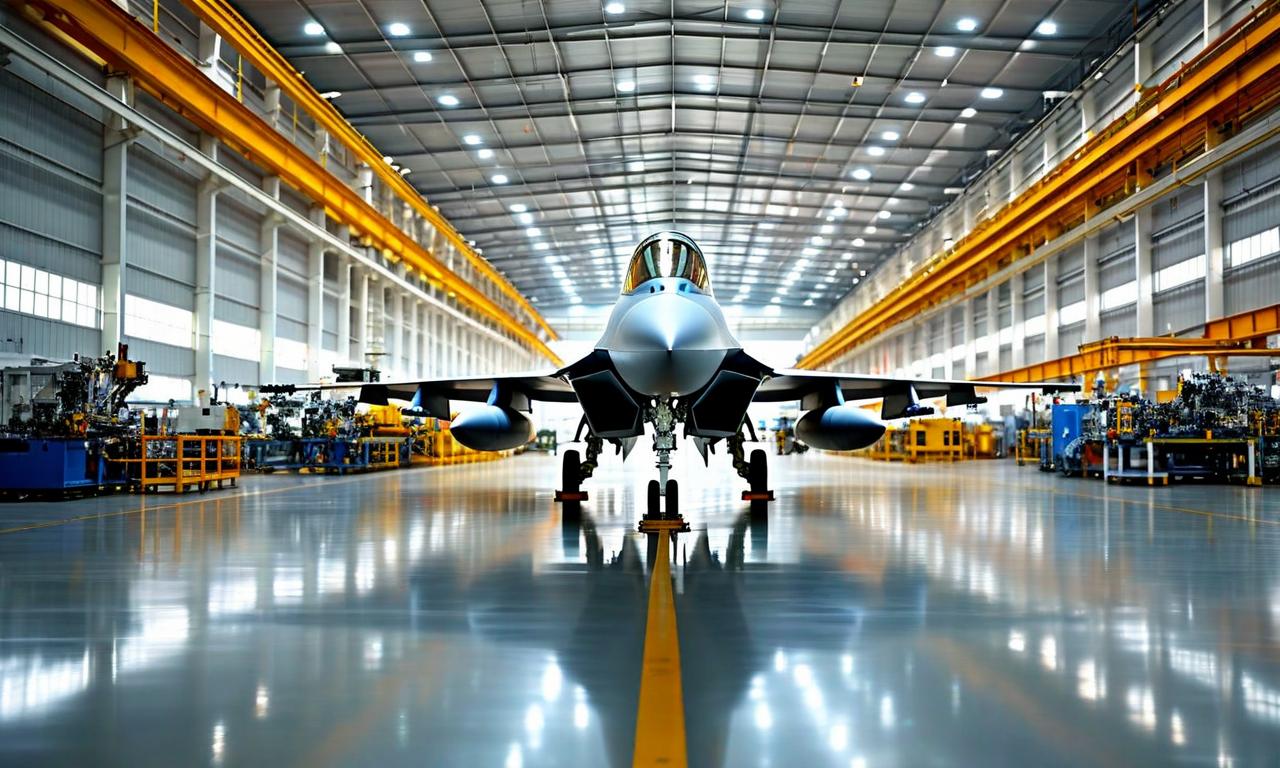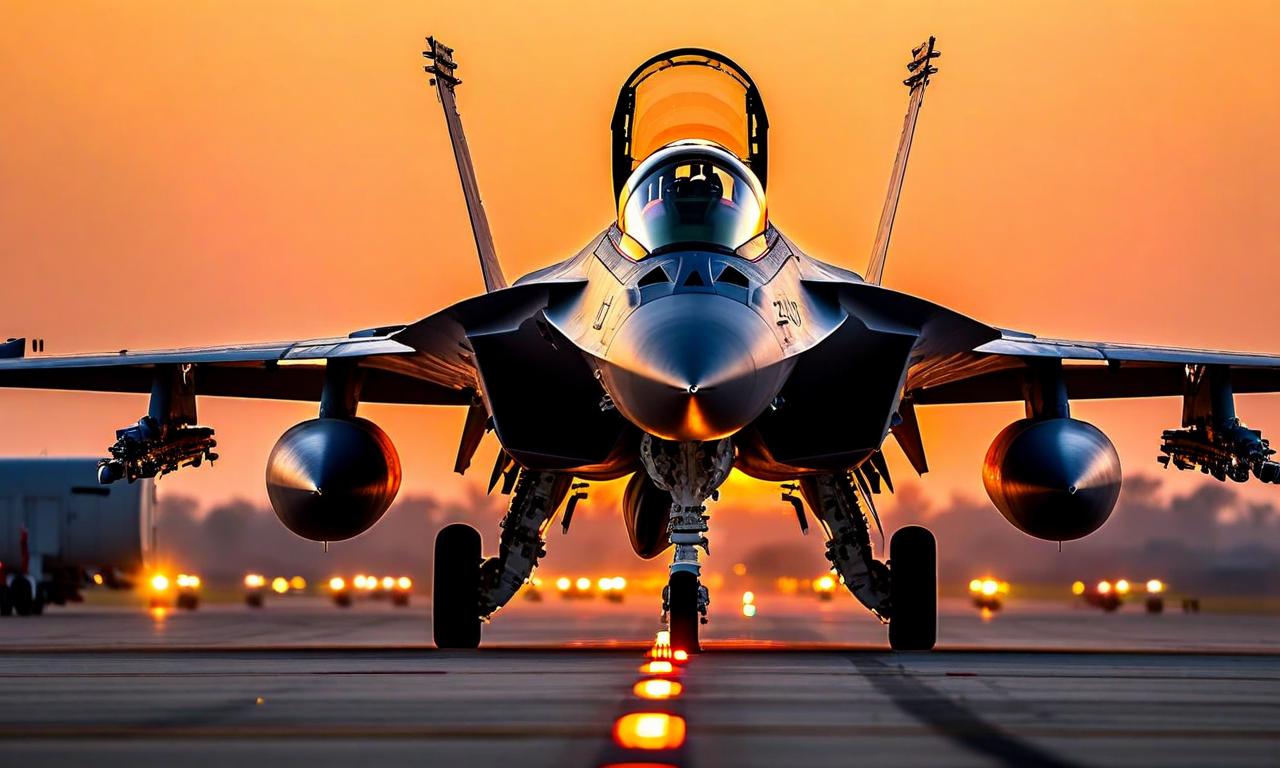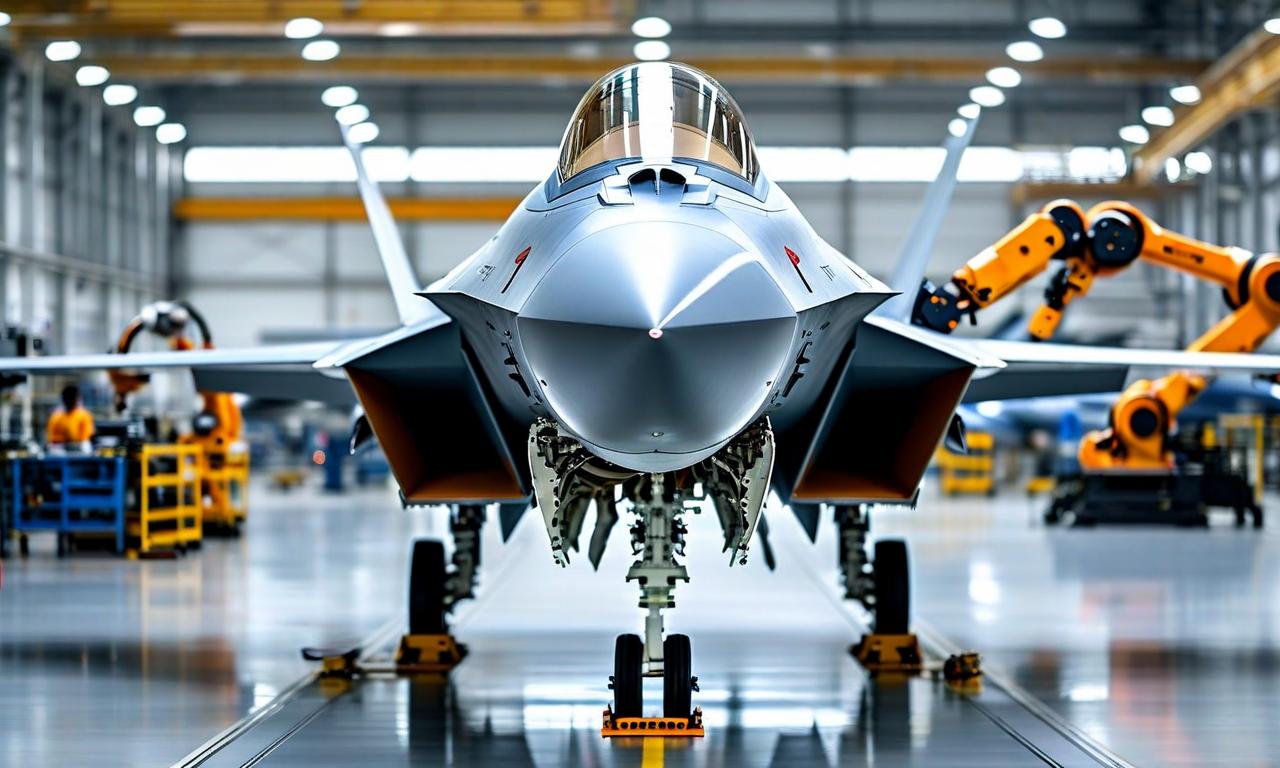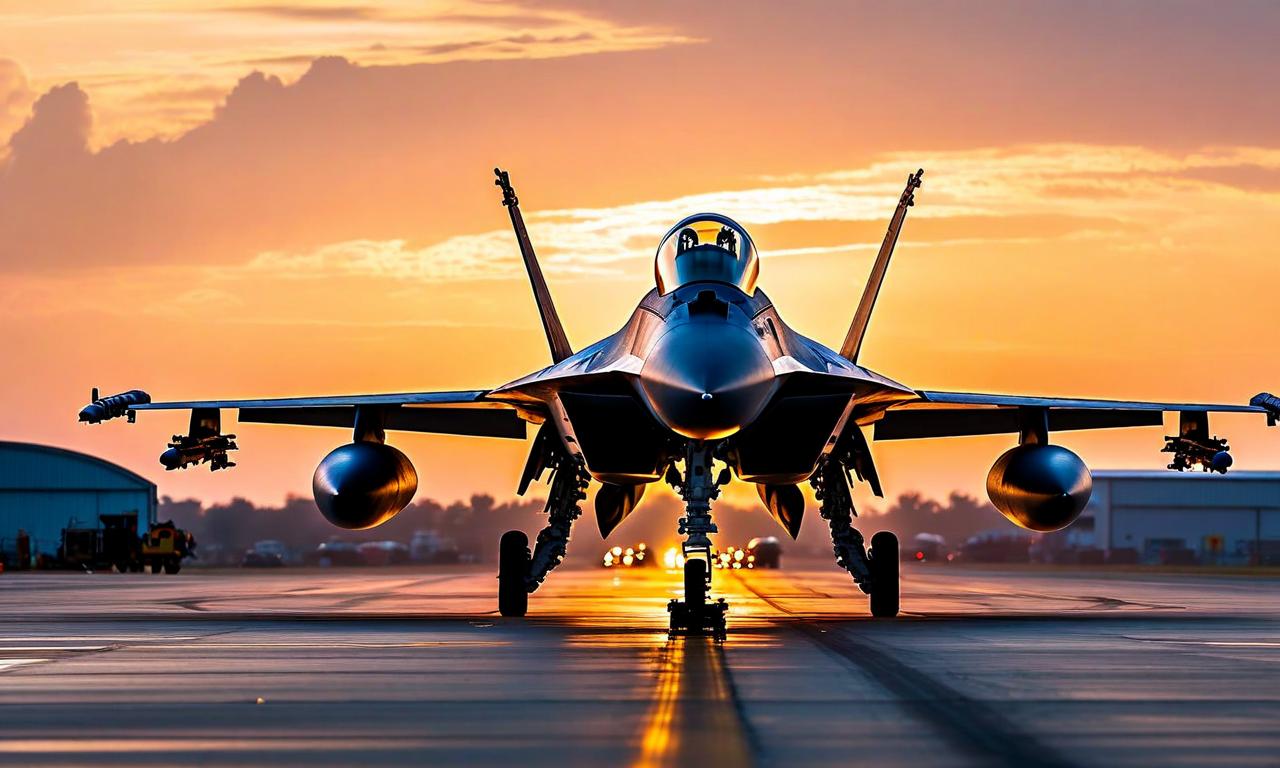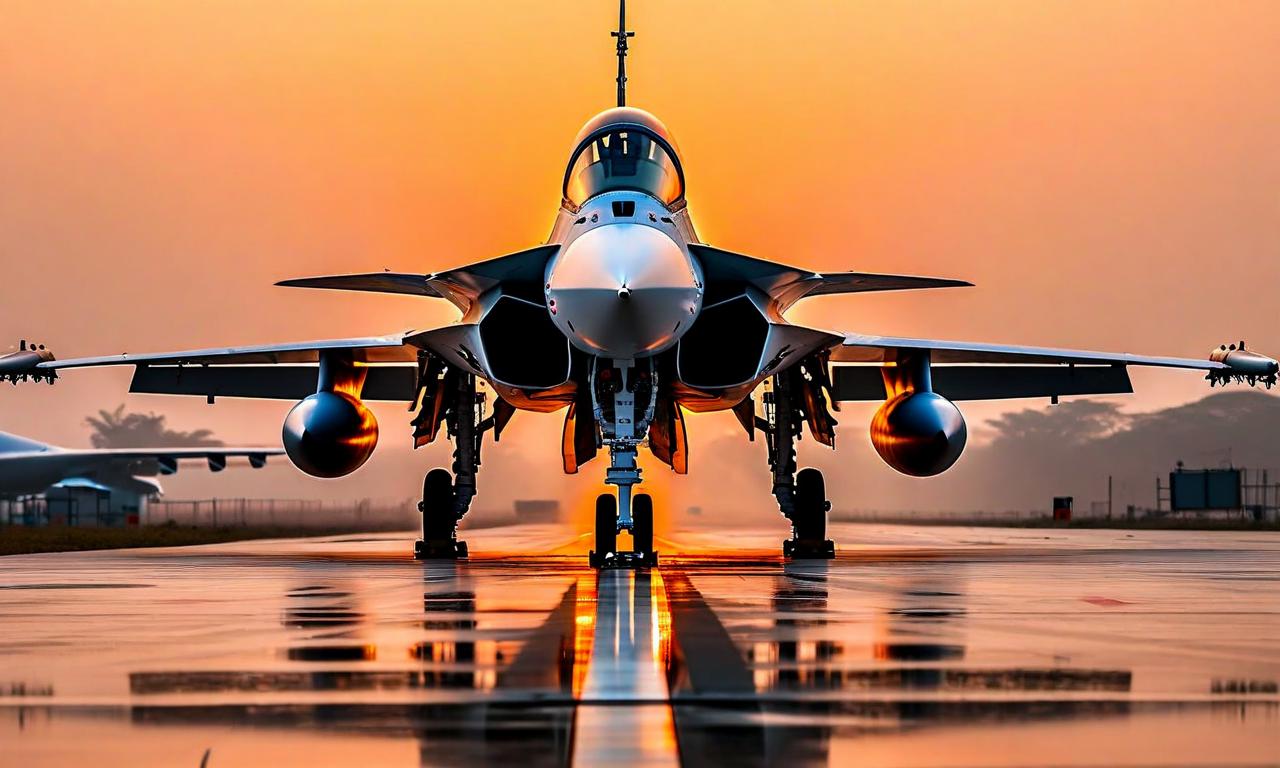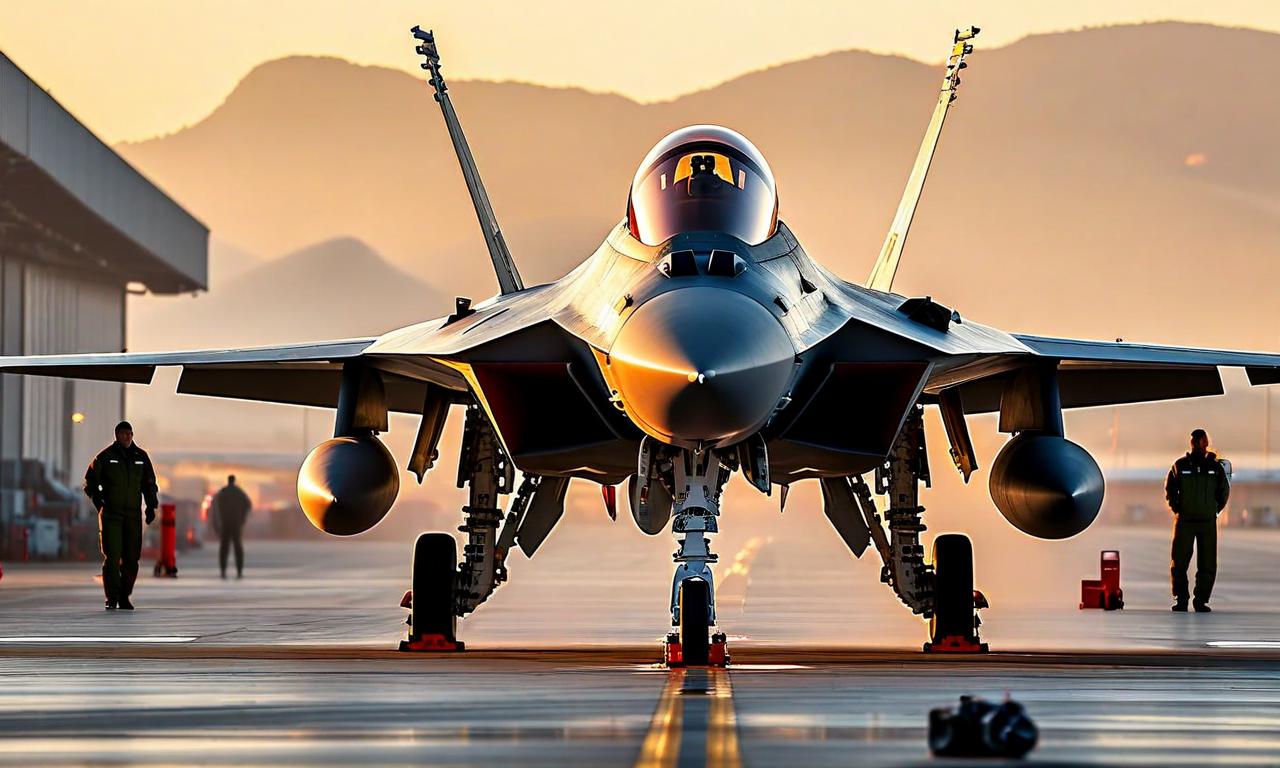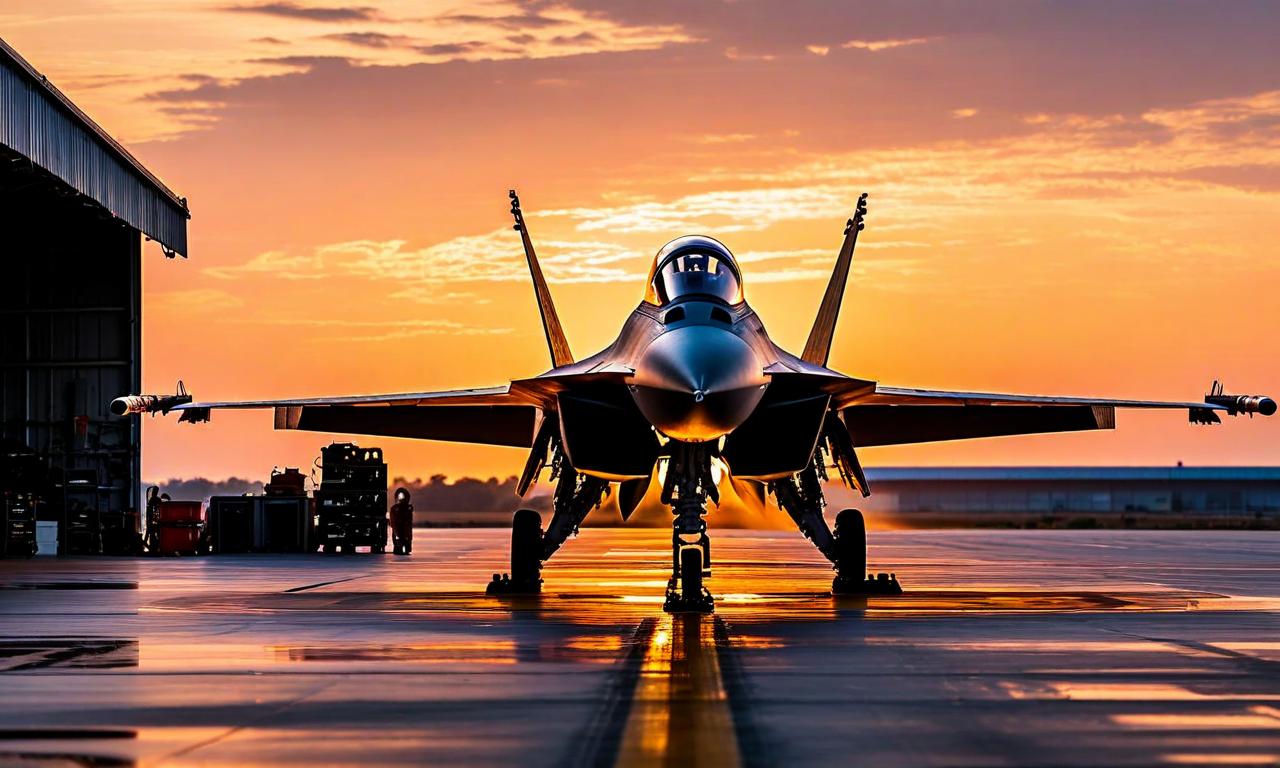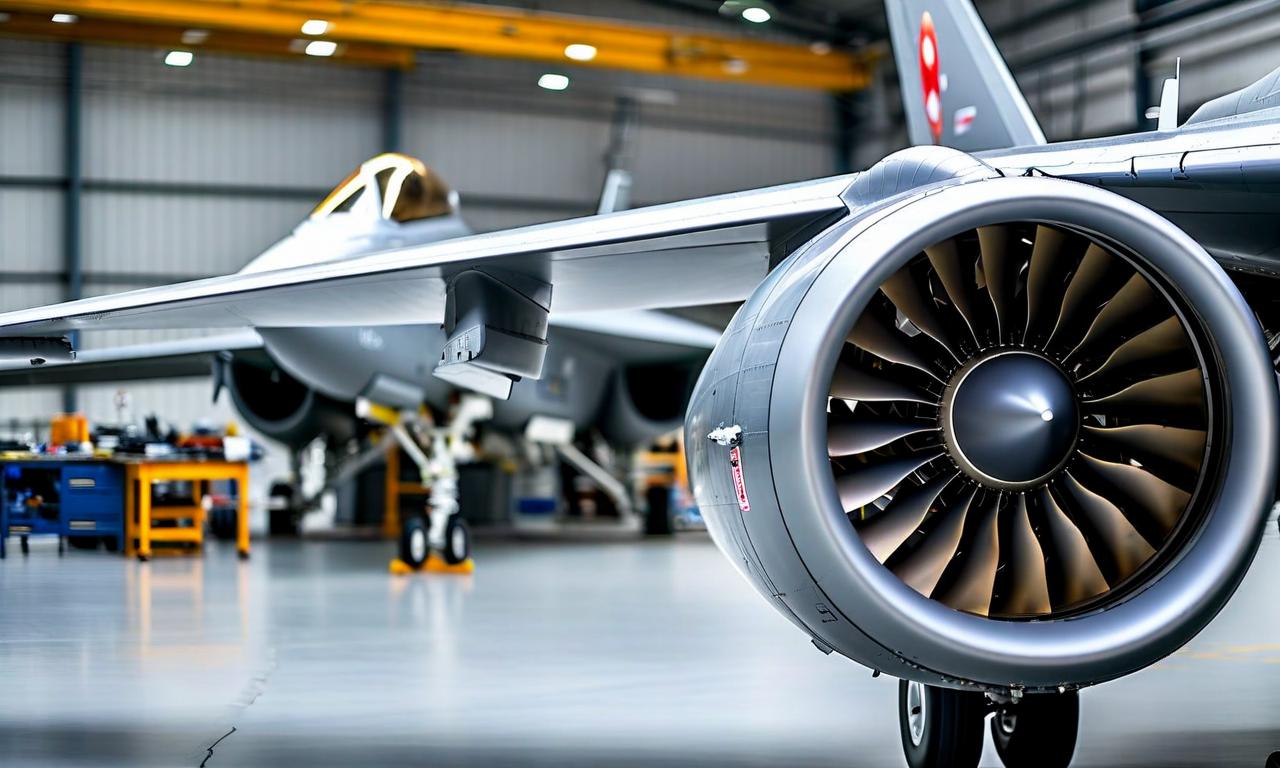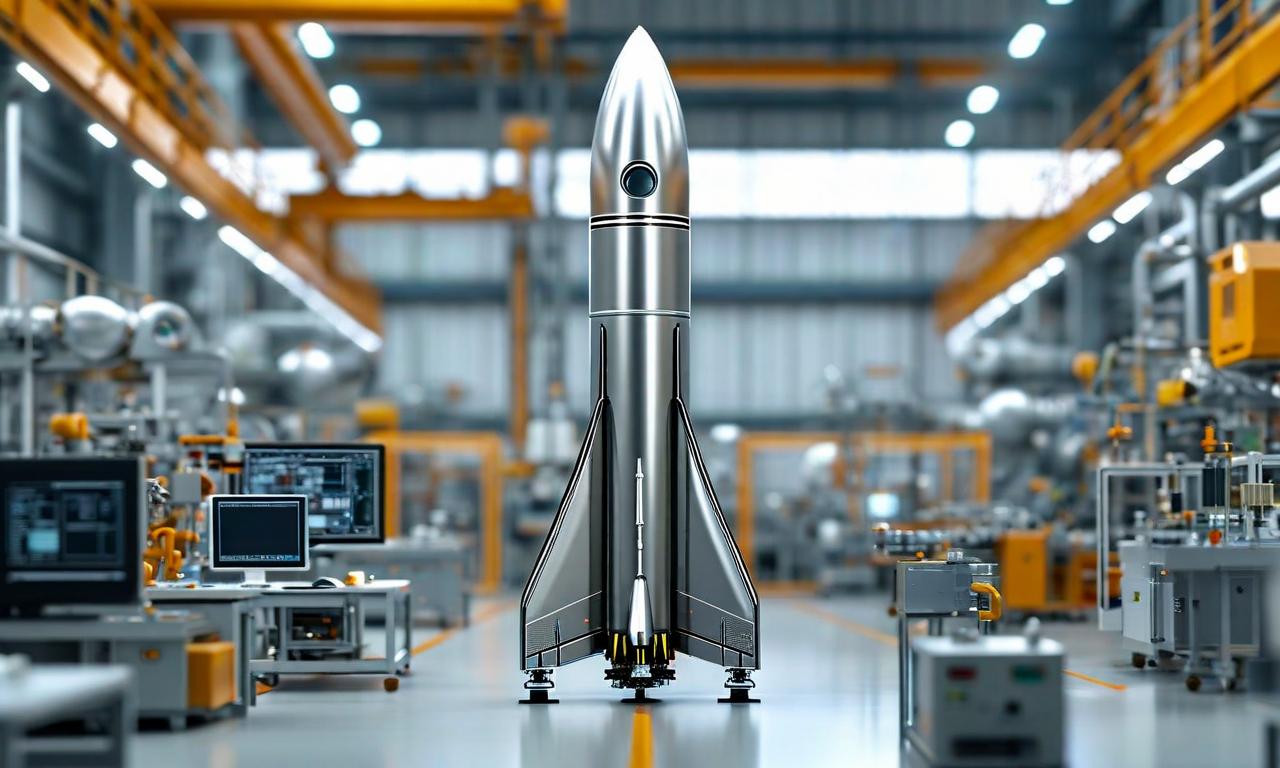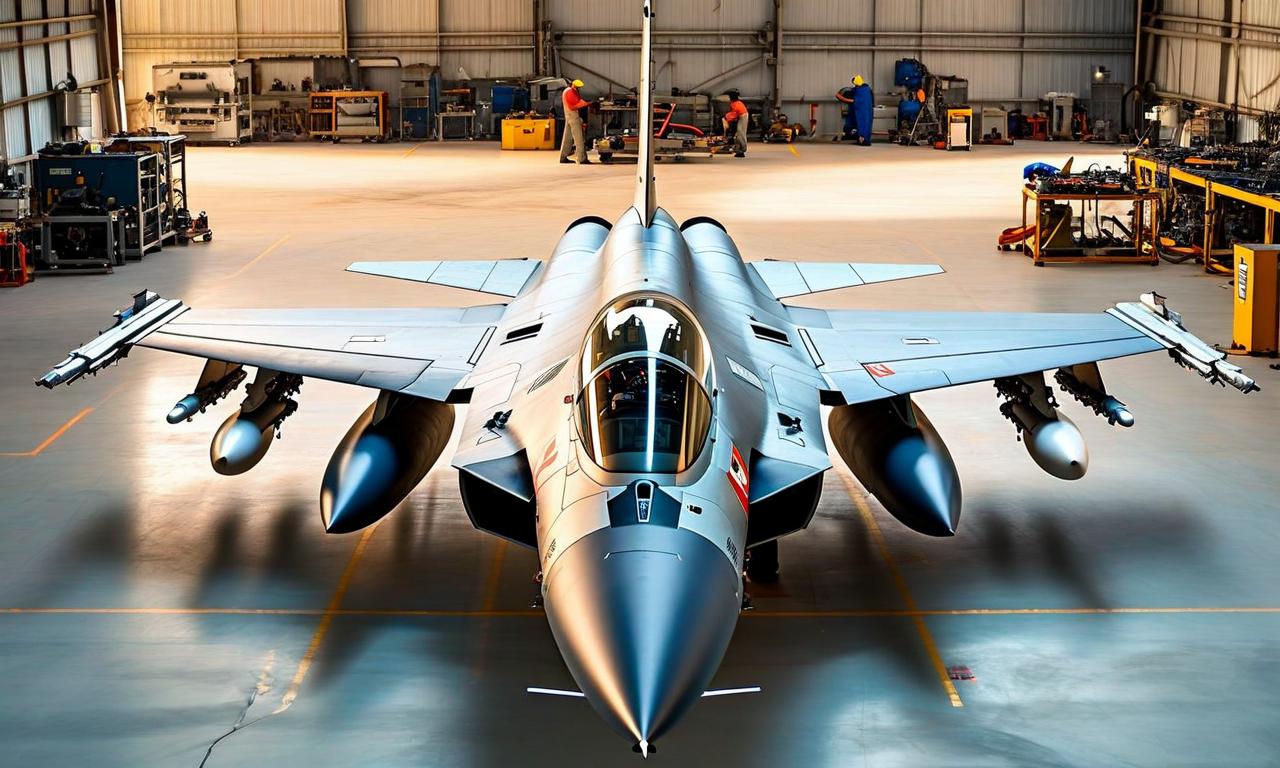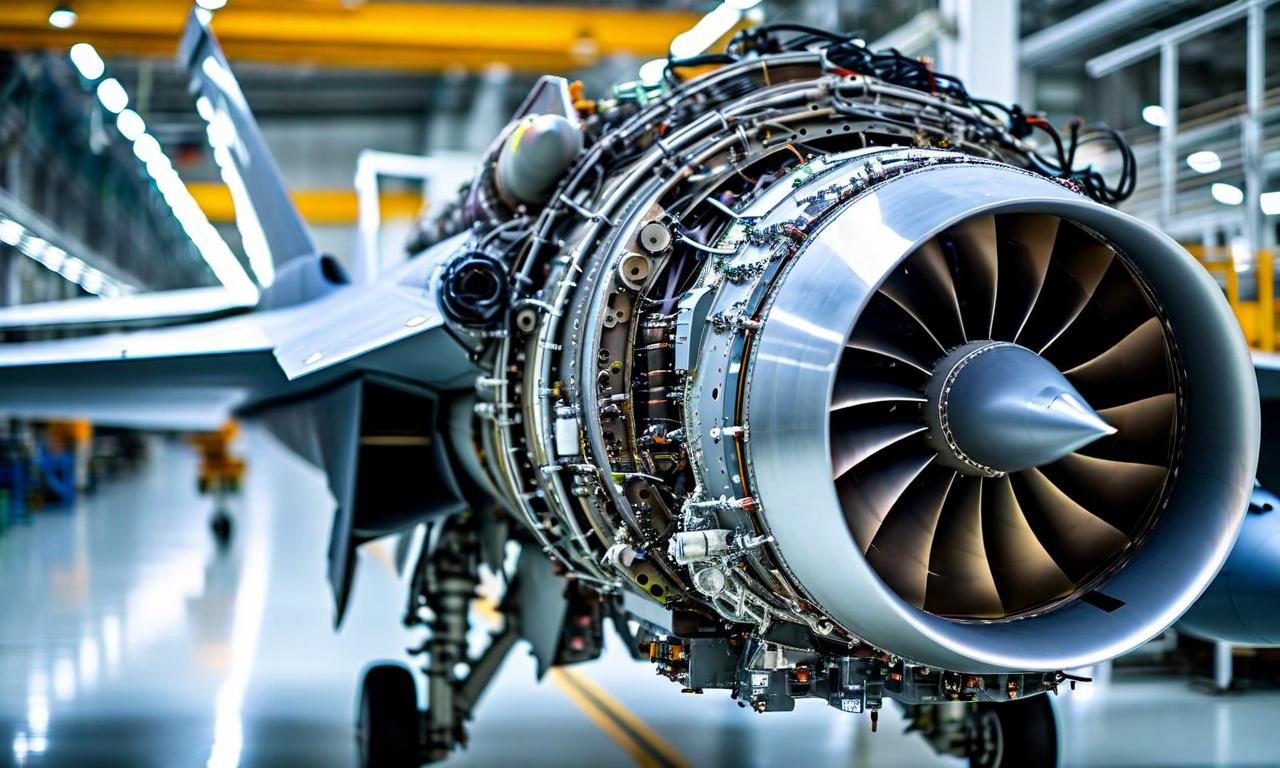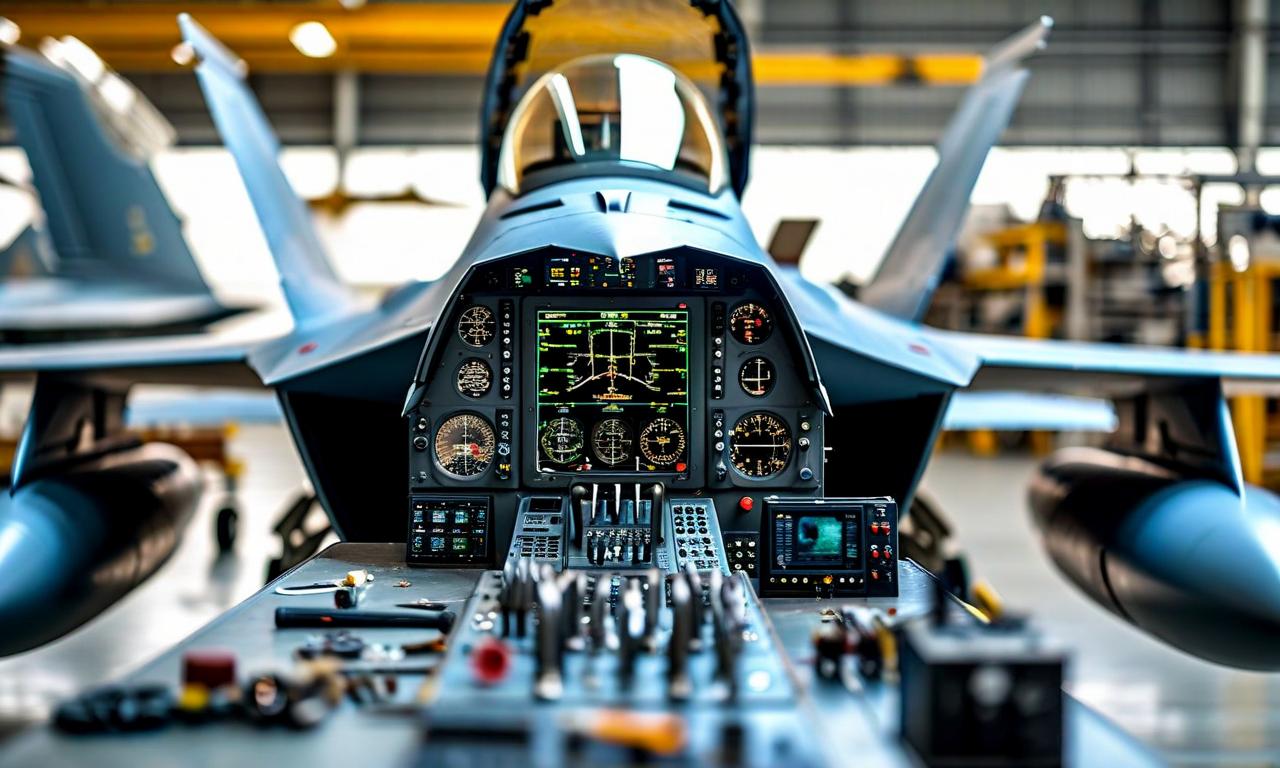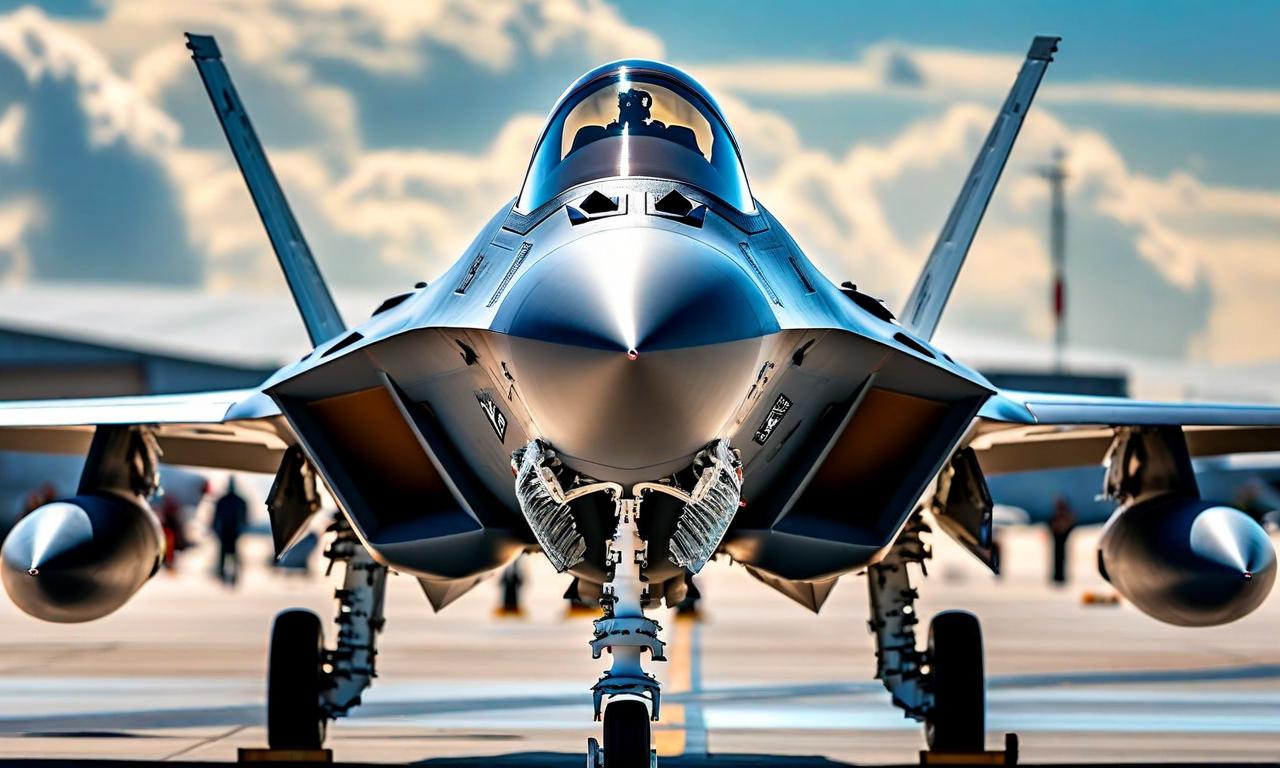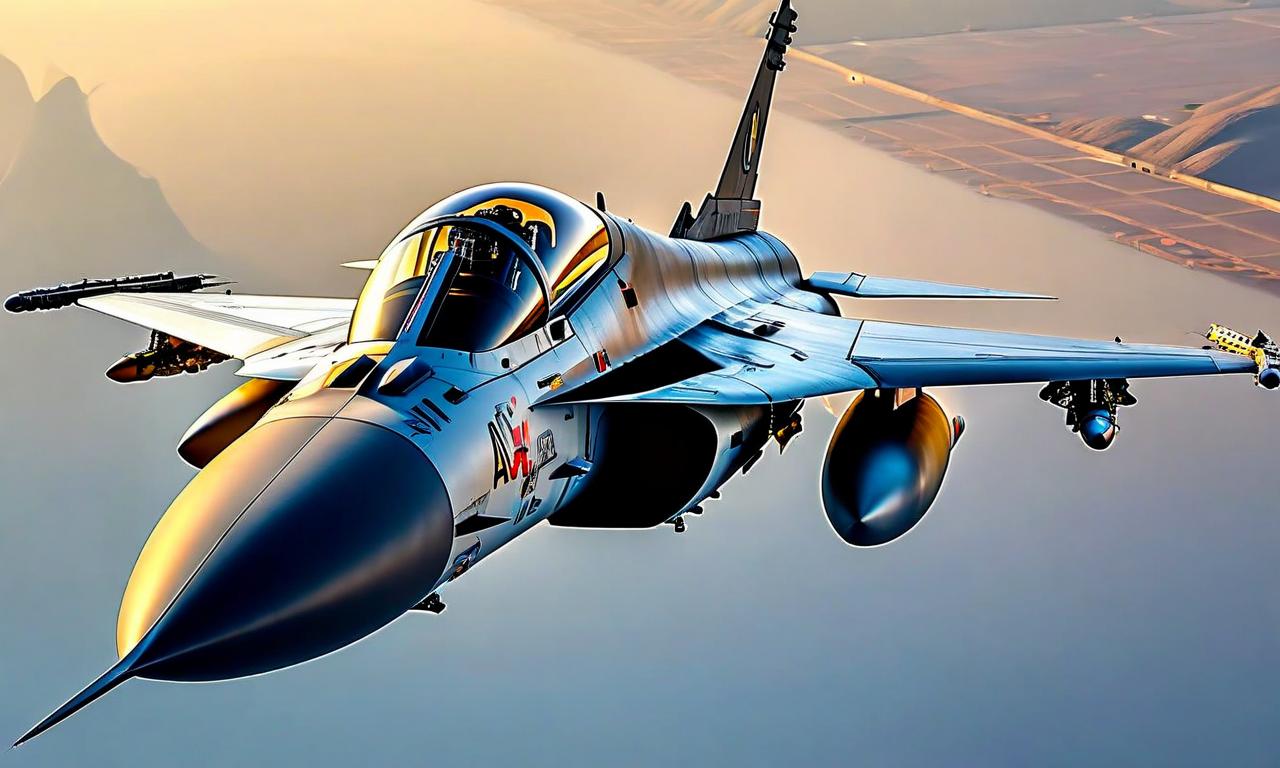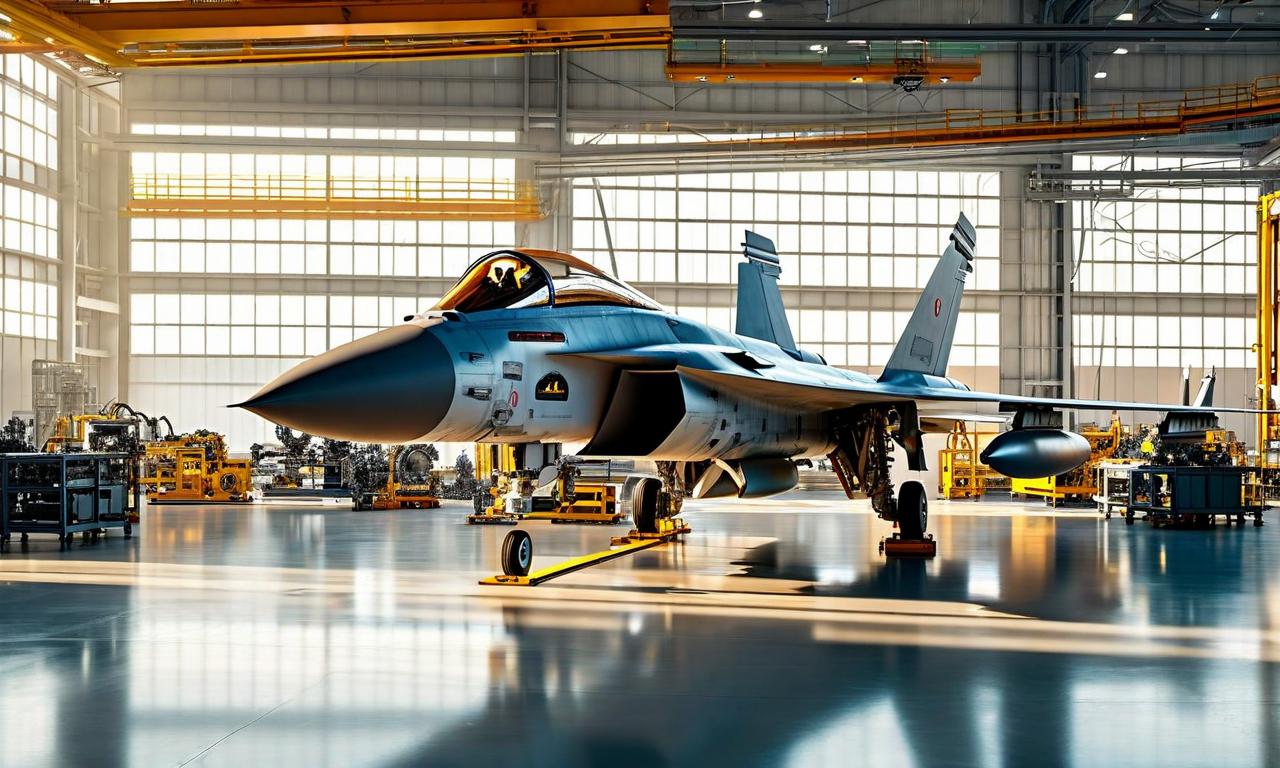Hindustan Aeronautics Inks Historic Deal for SJ-100 Aircraft Production in India
Hindustan Aeronautics Limited (HAL) has signed an MoU with Russia's PJSC-UAC to produce SJ-100 aircraft in India. This marks the first full passenger plane to be manufactured in India since 1988. The twin-engine, narrow-body aircraft is designed for regional connectivity and is expected to boost India's UDAN scheme. Estimates suggest a demand for over 200 jets in Indian regional connectivity and 350 aircraft in the Indian Ocean region over the next decade. The agreement grants HAL manufacturing rights for domestic customers, potentially strengthening India's aerospace industry and contributing to the 'Aatmanirbhar Bharat' initiative.

*this image is generated using AI for illustrative purposes only.
Hindustan Aeronautics Limited (HAL) has taken a significant step towards bolstering India's aerospace manufacturing capabilities by signing a groundbreaking agreement in Moscow for the production of SJ-100 aircraft. This landmark deal marks the first instance of a full passenger plane to be manufactured in India since the production of AVRO HS-748 ended in 1988.
Agreement Details
HAL signed a Memorandum of Understanding (MoU) with Public Joint Stock Company United Aircraft Corporation (PJSC-UAC) of Russia on October 27, 2025, in Moscow. The agreement was signed by Shri Prabhat Ranjan from HAL and Mr. Oleg Bogomolov from PJSC UAC, in the presence of Dr. D. K. Sunil, CMD of HAL, and Mr. Vadim Badeka, Director General of PJSC UAC.
About the SJ-100
The SJ-100 is a twin-engine, narrow-body aircraft designed for regional connectivity. Key features of the aircraft include:
| Feature | Description |
|---|---|
| Type | Twin-engine, narrow-body |
| Current Production | Over 200 aircraft |
| Operators | More than 16 commercial airlines |
| Primary Use | Short-haul connectivity |
Impact on Regional Connectivity
This initiative is expected to play a crucial role in enhancing regional connectivity under India's UDAN (Ude Desh ka Aam Nagrik) scheme. The SJ-100 is positioned as a potential game-changer for short-haul routes, addressing the growing demand for regional air travel in India.
Market Potential
According to estimates provided in the HAL media release:
| Timeframe | Market Segment | Estimated Demand |
|---|---|---|
| Next 10 years | Indian regional connectivity | Over 200 jets |
| Next 10 years | Indian Ocean region (international tourist destinations) | 350 aircraft |
Manufacturing Rights and Economic Impact
Under this arrangement, HAL will have the rights to manufacture SJ-100 aircraft for domestic customers. This collaboration is expected to:
- Strengthen the private sector in India's aerospace industry
- Create both direct and indirect employment opportunities
- Contribute to the 'Aatmanirbhar Bharat' (Self-Reliant India) initiative in the civil aviation sector
Historical Significance
This agreement represents a significant milestone in India's aviation history:
- It marks the first full passenger plane to be manufactured in India since the AVRO HS-748 production, which ran from 1961 to 1988.
- The collaboration between HAL and UAC is built on mutual trust and aims to elevate India's position in the global aerospace manufacturing landscape.
As India's aviation sector continues to grow, the production of SJ-100 aircraft is poised to play a pivotal role in meeting the increasing demand for regional connectivity while fostering domestic manufacturing capabilities in the aerospace sector.
Historical Stock Returns for Hindustan Aeronautics
| 1 Day | 5 Days | 1 Month | 6 Months | 1 Year | 5 Years |
|---|---|---|---|---|---|
| -0.42% | -3.16% | -9.39% | -13.19% | -7.68% | +885.50% |
